
Facelift surgery is a highly sought-after cosmetic procedure designed to combat signs of aging by tightening facial skin and underlying tissues, restoring a more youthful and refreshed look. The efficacy of the procedure largely depends on the surgeon's expertise and the patient's specific needs.
As we age, our skin loses elasticity, and facial tissues begin to sag, leading to wrinkles, jowls, and a tired appearance. Facelift surgery, scientifically known as rhytidectomy, offers a comprehensive solution to these concerns. This guide will delve into the various aspects of facelift surgery, from different techniques and candidacy to recovery, costs, and where to find the best plastic surgeons worldwide.
Key Takeaways
-
Global Affordability: Facelift surgery costs significantly less in countries like Turkey, India, Mexico, Thailand, and Colombia compared to Western countries.
-
Diverse Techniques: Surgeons offer various facelift types, including mini-facelift, SMAS facelift, and deep plane facelift, tailored to individual aging concerns.
-
Comprehensive Care: Many international clinics provide all-inclusive packages covering consultations, surgery, accommodation, and post-operative care.
Average Cost of Facelift Surgery by Country (USD):
- Turkey: $4,250 – $6,500
- India: $1,500 – $3,500
- Mexico: $2,500 – $4,000 (procedure only); All-inclusive packages can start higher.
- Thailand: $3,000 – $5,200
- South Korea: $3,000 – $14,000 (depending on facelift type)
- Colombia: $3,000 – $5,000
10 Best Deep Plane Facelift Surgeons in the World
Choosing the right plastic surgeon is the most critical factor for a successful deep facelift. Here are some of the world's leading experts in facial rejuvenation:
Dr. Anurak Amornpetchsathaporn, H.D. (Bangkok, Thailand)

-
Specialty: Board-Certified Cosmetic Surgeon, Minimally Invasive Facelift Techniques.
-
Known for his expertise in facelift surgeries with minimal downtime, Dr. Amornpetchsathaporn delivers natural-looking results, enhancing facial features with cutting-edge techniques in Thailand.
Dr. Pichet Rodchareon (Bangkok, Thailand)

-
Specialty: Aesthetic Plastic Surgery, Facelifts, Eyelid Surgery.
-
One of Bangkok's top plastic surgeons, Dr. Rodchareon excels in aesthetic surgery, offering personalized approaches to facelifts, eyelid surgeries, and body contouring, ensuring patient satisfaction.
Dr. Ary Papadopulos (Mexico City, Mexico)
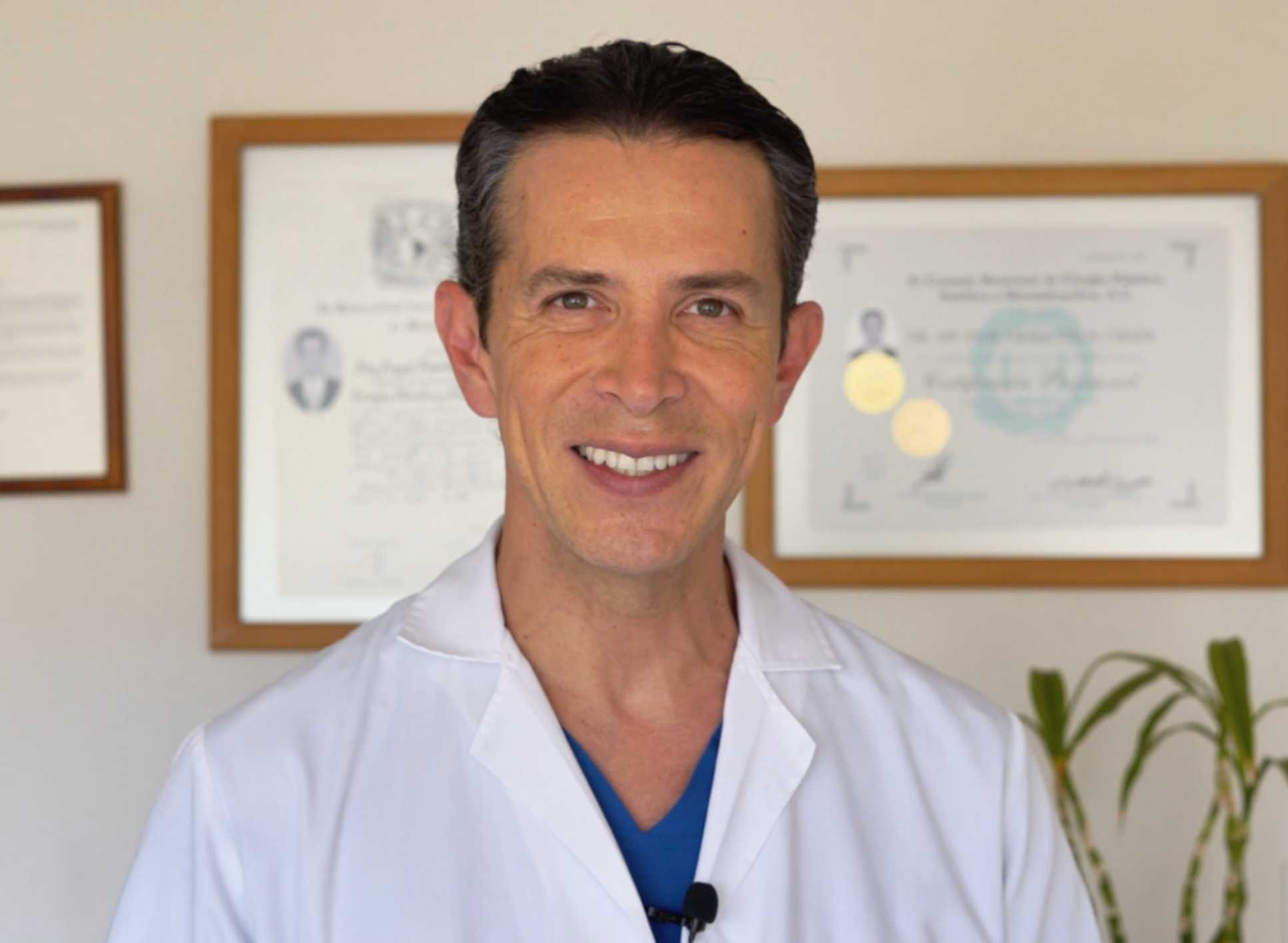
-
Specialty: Facial Plastic Surgery, Facelifts, Rhinoplasty.
-
A leading expert in face lift surgery in Mexico, Dr. Papadopulos is renowned for achieving natural-looking results in facelifts and other facial rejuvenation procedures, prioritizing patient safety.
Dr. Arturo Valdez (Cancun, Mexico)
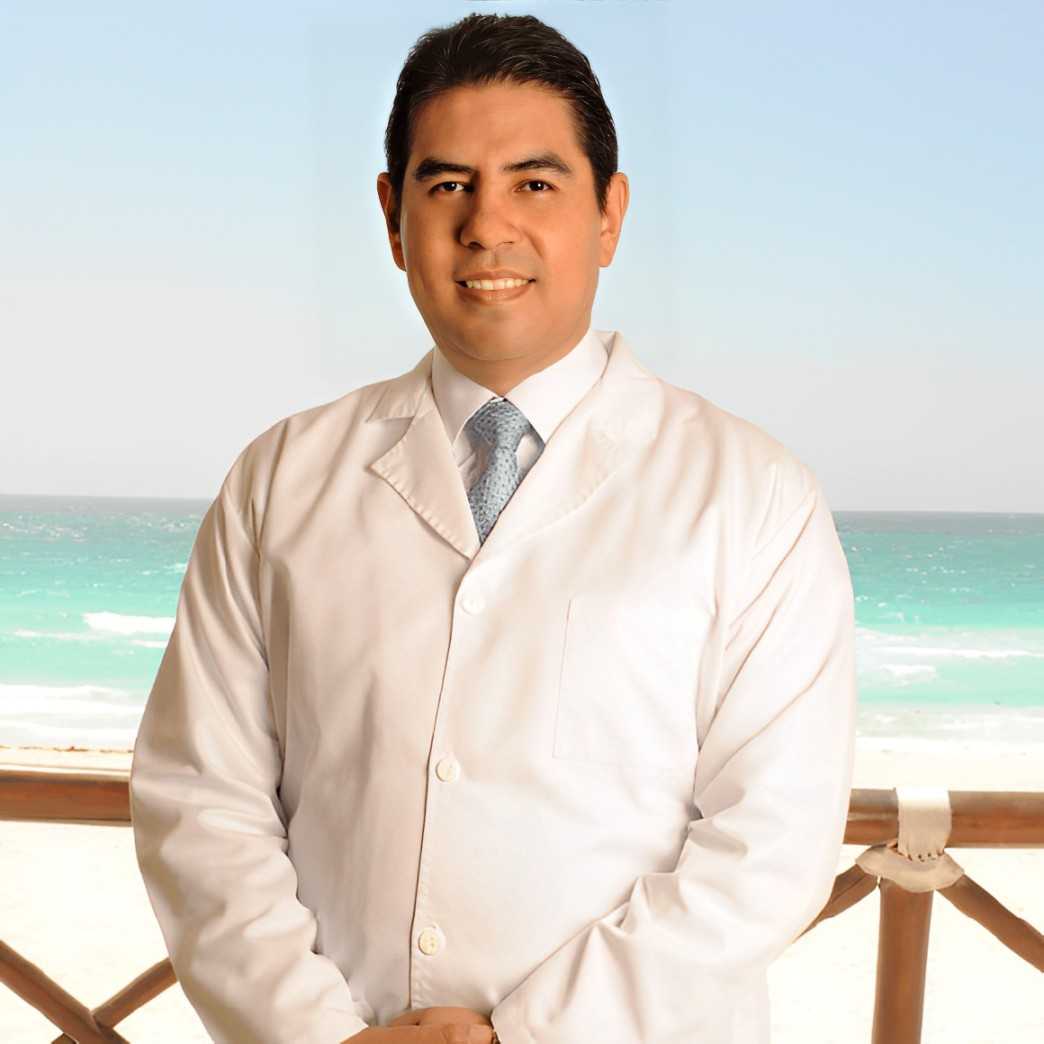
-
Specialty: Facelift Surgery, Tummy Tucks, Body Contouring.
-
With over 16 years of experience, Dr. Valdez specializes in facelift surgeries, employing the latest techniques to ensure minimal scarring and quick recovery for his patients in Mexico.
Dr. Jorge Sandoval (Mexico City, Mexico)
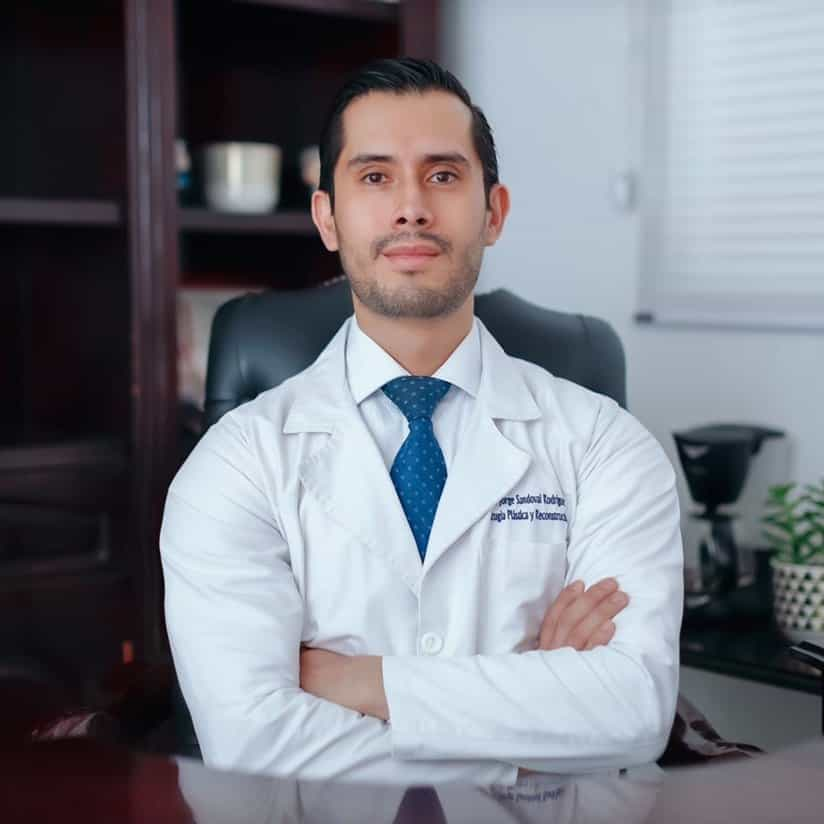
-
Specialty: Facial Aesthetic Procedures, Facelifts.
-
Dr. Sandoval is a skilled plastic surgeon recognized for his meticulous technique in facial aesthetic procedures. He offers facelift surgeries that effectively restore a youthful and refreshed appearance.
Op. Dr. Kadri Akinci (Antalya, Turkey)
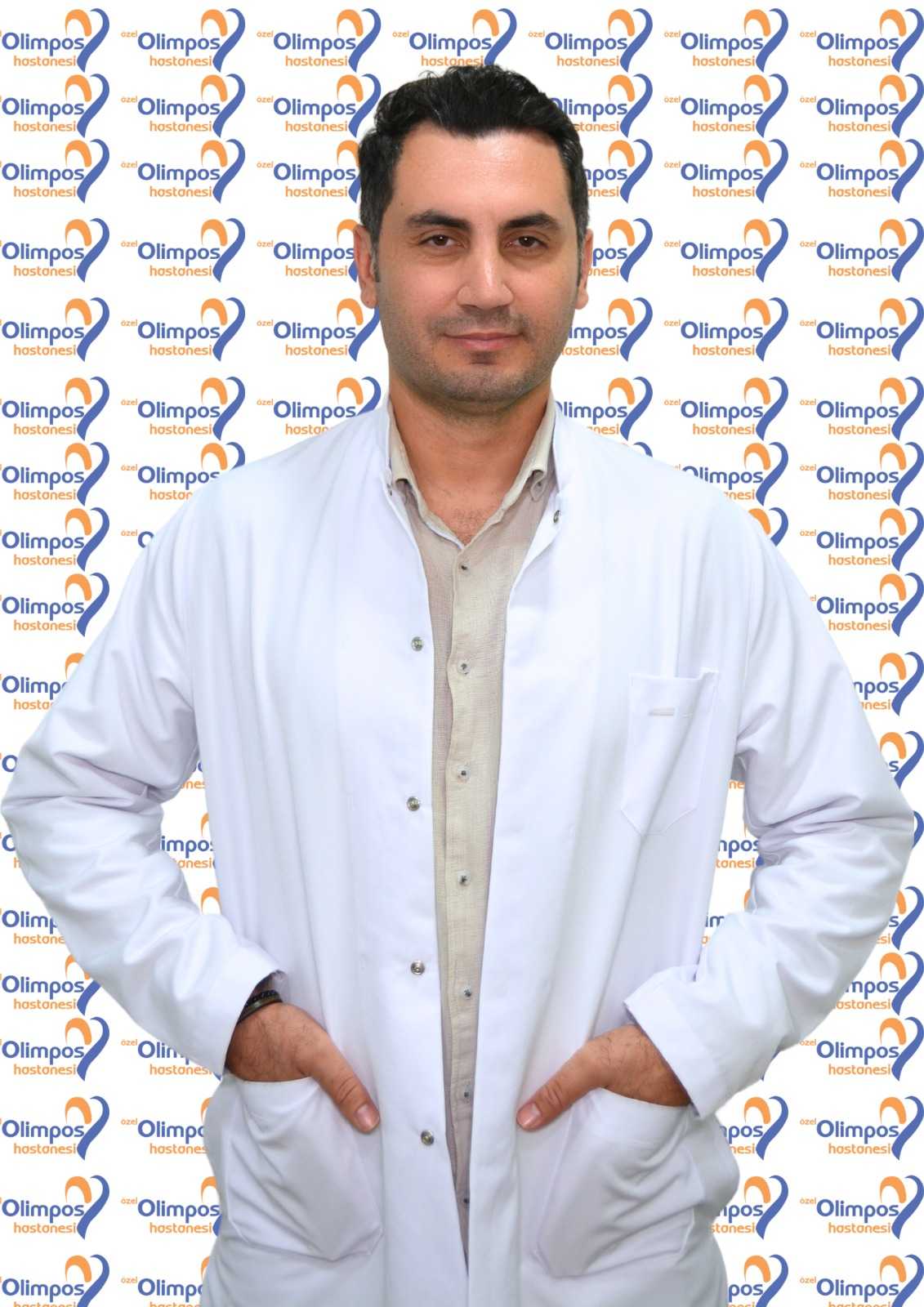
-
Specialty: Cosmetic and Reconstructive Plastic Surgery, Personalized Facelift Procedures.
-
Dr. Akinci is a prominent doctor for facelift surgery in Turkey, specializing in both cosmetic and reconstructive surgeries. He provides personalized facelift procedures designed to achieve a natural, youthful look.
Dr. Attila H. (Istanbul, Turkey)
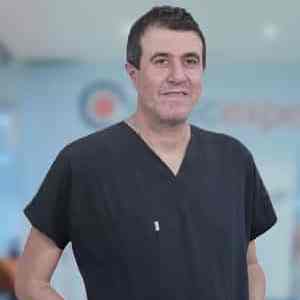
-
Specialty: Aesthetic Facial Surgeries, Facelifts, Eyelid Surgeries.
-
A highly experienced plastic surgeon in Istanbul, Dr. Attila H. specializes in aesthetic facial surgeries, including facelifts, ensuring safe and effective results for his patients.
Dr. Ekrem Keskin (Istanbul, Turkey)
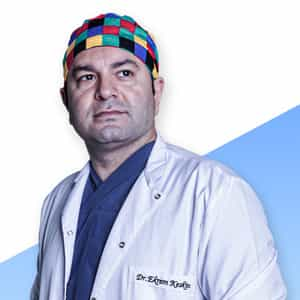
-
Specialty: Hair Transplantation, Plastic Surgery, Holistic Facial Rejuvenation.
-
Dr. Keskin is a leading expert in both hair restoration and plastic surgery. He offers facelifts alongside hair transplant procedures, providing a holistic approach to facial rejuvenation.
Dr. Adriana Parra Gomez (Bogota, Colombia)

-
Specialty: Facial and Body Cosmetic Procedures, Facelifts.
-
A top plastic surgeon in Bogota, Dr. Parra Gomez brings years of expertise in facial and body cosmetic procedures. She specializes in facelifts, delivering natural results that boost aesthetics and self-confidence.
Dr. Young Min Im, Ph.D., M.D. (Seoul, South Korea)

-
Specialty: Facial Rejuvenation, Facelifts, Neck Lifts, Minimally Invasive Techniques.
-
Dr. Im is recognized as one of the best plastic surgeons in Seoul, South Korea, focusing on facial rejuvenation, including facelifts and neck lifts, using the latest minimally invasive techniques for optimal results.
What is Facelift Surgery?
Facelift surgery is a cosmetic procedure that lifts and tightens the facial skin and underlying tissues to reduce wrinkles, sagging, and other signs of aging, resulting in a more youthful contour.
Facelift surgery is a transformative cosmetic procedure that aims to address visible signs of aging in the face and neck. It involves lifting and repositioning the underlying tissues (SMAS layer), removing excess skin, and smoothing out deep folds and wrinkles. The goal is to create a more youthful, natural, and refreshed appearance, without creating an "overstretched" look. This procedure can significantly improve the appearance of jowls, sagging cheeks, and loose skin on the neck.
Did You Know?
The first modern facelift was reportedly performed in 1901 by Dr. Eugene Hollander in Berlin on an elderly Polish aristocrat who wished to have her sagging cheeks lifted.
Types of Facelift Procedures
Facelift surgery is not a one-size-fits-all procedure; various techniques are employed to address different degrees of aging and specific areas of concern.
Modern facelift surgery has evolved to include several techniques, each targeting specific areas and levels of facial aging. The choice of technique depends on the patient's age, skin elasticity, degree of sagging, and desired outcome.
Mini-Facelift (Short-Scar Facelift)
A less invasive option, the mini-facelift targets early signs of aging with smaller incisions and quicker recovery, ideal for mild sagging.
A mini-facelift uses shorter incisions, typically around the ears, to address mild to moderate sagging in the lower face and jawline. It focuses on tightening the deeper tissues with minimal skin removal. This procedure is ideal for younger patients or those with early signs of aging who desire subtle rejuvenation with less downtime.
Standard/Traditional Facelift
The most comprehensive facelift technique, a traditional facelift addresses significant sagging in the mid-face, jawline, and neck, providing the most dramatic and long-lasting results.
A traditional facelift involves incisions that begin in the hairline at the temples, continue down around the ear, and end in the lower scalp. Through these incisions, the surgeon repositions the deeper tissues (SMAS layer), removes excess fat, and trims redundant skin. This technique addresses moderate to severe signs of aging across the mid-face, jawline, and neck, providing a more comprehensive and dramatic rejuvenation.
SMAS Facelift
The SMAS facelift involves lifting and repositioning the Superficial Musculoaponeurotic System (SMAS) layer, a crucial layer of tissue beneath the skin, for more natural and durable results.
The SMAS facelift is one of the most common and effective facelift techniques. The SMAS is a layer of tissue that covers the deeper structures of the face and neck. By lifting and tightening this layer, the surgeon can achieve a more natural and long-lasting result, as it addresses the underlying facial support structure, not just the skin.
Deep Plane Facelift
A deep plane facelift involves lifting the skin and SMAS layer as a single unit, allowing for more extensive repositioning of facial tissues and often producing the most profound and long-lasting results for significant aging.
The deep plane facelift is a more advanced technique where the surgeon works beneath the SMAS layer, lifting the skin, fat, and muscle as a single unit. This approach allows for more significant repositioning of the sagging tissues without excessive tension on the skin, often resulting in a very natural look with less bruising and potentially a quicker recovery for some aspects. It is particularly effective for addressing deep nasolabial folds and sagging in the mid-face.
Neck Lift
Often performed in conjunction with a facelift, a neck lift specifically targets sagging skin, excess fat, and muscle banding in the neck area to create a smoother, more defined neck and jawline.
A neck lift can be performed as a standalone procedure or, more commonly, as part of a facelift. It addresses loose skin, neck bands (platysmal bands), and excess fat under the chin, aiming to create a smoother, more defined jawline and neck contour. Incisions are typically made under the chin and behind the ears.
Candidacy for Facelift Surgery
Ideal candidates for facelift surgery are generally healthy individuals with realistic expectations who exhibit visible signs of facial aging, such as sagging skin and jowls.
To be a suitable candidate for facelift surgery, individuals should generally meet the following criteria:
-
Good overall health: Candidates should be in good physical health and free from medical conditions that could impair healing or increase surgical risks.
-
Realistic expectations: It's crucial for patients to have a clear understanding of what the surgery can achieve and what its limitations are.
-
Visible signs of aging: This includes sagging skin on the face and neck, deep creases below the lower eyelids, nasolabial folds (lines extending from the nose to the corner of the mouth), and loss of jawline definition (jowls).
-
Good skin elasticity: While a facelift aims to remove excess skin, good skin elasticity contributes to a smoother and more natural post-operative result.
-
Non-smoker: Smoking significantly increases surgical risks and can impair healing. Surgeons typically require patients to stop smoking several weeks before and after surgery.
Expert Insight:
"The 'best' age for a facelift is when you start noticing significant signs of aging that bother you, and non-surgical options are no longer providing the desired results. For some, this might be in their late 40s or early 50s, while for others, it could be later." - Dr. Ary Papadopulos, Plastic Surgeon.
Risks and Complications of Facelift Surgery
While generally safe, facelift surgery, like all surgical procedures, carries potential risks and complications that patients should be aware of.
Although facelift surgery has a high satisfaction rate, it's essential to be aware of the potential risks and complications:
-
Hematoma: The most common complication, a collection of blood under the skin, which may require surgical drainage.
-
Nerve injury: Though rare, temporary or permanent damage to facial nerves can cause muscle weakness or numbness.
-
Infection: At the surgical site.
-
Scarring: While incisions are strategically placed to be inconspicuous, scars are permanent.
-
Hair loss: Temporary or permanent hair loss around the incision sites.
-
Skin loss (necrosis): Rare, but can occur due to compromised blood supply to the skin.
-
Anesthesia risks: Adverse reactions to anesthesia.
-
Unsatisfactory cosmetic result: Asymmetry, unnatural appearance, or inadequate correction.
Your surgeon will thoroughly discuss these risks with you during the consultation.
Preparation for Facelift Surgery
Thorough preparation before facelift surgery is vital for a smooth procedure and optimal recovery.
Preparing for facelift surgery involves several crucial steps:
-
Medical Evaluation: Undergo a comprehensive medical evaluation, including blood tests, and potentially an EKG, to ensure you are fit for surgery.
-
Medication Review: Discuss all medications, supplements, and herbal remedies with your surgeon. You will likely need to stop blood-thinning medications (e.g., aspirin, ibuprofen) weeks before surgery.
-
Smoking Cessation: If you smoke, you must stop several weeks prior to surgery to minimize complications and promote healing.
-
Avoid Alcohol: Abstain from alcohol for at least a week before surgery.
-
Arrange for Assistance: Arrange for someone to drive you home after surgery and assist you during the initial recovery period.
-
Prepare Your Home: Set up a comfortable recovery area with pillows, ice packs, and easy access to essentials.
-
Follow Dietary Instructions: You will be given specific instructions regarding eating and drinking before surgery.
-
Wash Hair and Face: You may be asked to wash your hair and face with a special antiseptic soap the night before and the morning of surgery.
Recovery and Aftercare
Recovery from facelift surgery requires patience and adherence to post-operative instructions to achieve the best results and minimize complications.
The recovery period after facelift surgery varies, but here's a general timeline:
-
Immediately After Surgery: You will have dressings and drains in place, which are usually removed within 1-2 days. Swelling and bruising are common.
-
First Week: Significant swelling and bruising will be present. Pain is manageable with prescribed medication. You should rest and keep your head elevated.
-
2-3 Weeks: Most visible bruising and swelling will subside. You can typically return to light activities and non-strenuous work. Numbness or tingling may persist.
-
1-2 Months: Swelling continues to decrease, and final results begin to emerge. You can gradually resume more strenuous activities, avoiding anything that puts strain on your face.
-
Several Months to a Year: Full healing continues internally, and final results become fully apparent. Numbness usually resolves.
Aftercare instructions typically include:
-
Keep incisions clean and dry.
-
Avoid strenuous activities and heavy lifting.
-
Sleep with your head elevated.
-
Apply cold compresses to reduce swelling.
-
Avoid direct sun exposure and use sunscreen.
-
Attend all follow-up appointments with your surgeon.
Did You Know?
While visible bruising and swelling subside within a few weeks, it can take up to a year for all residual swelling to resolve and for the final results of a facelift to fully manifest.
Alternatives to Facelift Surgery
For individuals not ready for or desiring surgical intervention, several non-surgical and minimally invasive alternatives can address early signs of aging.
While facelift surgery offers the most comprehensive and long-lasting results, several non-surgical alternatives can address milder signs of aging or delay the need for surgery:
-
Dermal Fillers: Injectable gels (e.g., hyaluronic acid) to restore lost volume, smooth wrinkles, and contour facial features.
-
Botulinum Toxin (Botox): Injections to relax facial muscles, reducing dynamic wrinkles like crow's feet and frown lines.
-
Thread Lifts: Using dissolvable sutures with tiny cones or barbs to lift and suspend sagging skin, providing a temporary lift.
-
Laser Resurfacing: Uses laser energy to improve skin texture, reduce wrinkles, and stimulate collagen production.
-
Radiofrequency (RF) and Ultrasound (Ultherapy) Treatments: Devices that use energy to heat and tighten skin tissues, stimulating collagen.
-
Chemical Peels: Exfoliate the outer layers of skin to improve texture, reduce fine lines, and address pigmentation issues.
-
Microneedling: Uses fine needles to create micro-injuries in the skin, stimulating collagen and elastin production.
These alternatives offer temporary results and may require repeat treatments to maintain their effects.
Cost of Facelift Surgery Worldwide
The cost of facelift surgery varies widely across different countries and is influenced by factors such as the surgeon's experience, the complexity of the procedure, hospital fees, and inclusions in treatment packages.
Medical tourism has made facelift surgery more accessible and affordable for many, with several countries offering high-quality care at competitive prices.
Note: These prices are estimates and can vary based on the specific surgeon, clinic reputation, type of facelift performed, and individual patient needs. It's always advisable to get a detailed quote from your chosen clinic.
Frequently Asked Questions (FAQs) about Facelift Surgery
Q1: What is the ideal age to get a facelift?
A1: There isn't a single "ideal" age for a facelift, as aging signs vary among individuals. However, many surgeons suggest that patients in their late 40s to early 60s often achieve the most natural and long-lasting results, as their skin still retains some elasticity. Younger patients with early signs of aging may benefit from a mini-facelift or non-surgical alternatives.
Q2: How long do facelift results last?
A2: The results of a facelift are long-lasting, typically ranging from 7 to 10 years, though individual results can vary. While a facelift turns back the clock, it doesn't stop the aging process. Lifestyle factors, genetics, and skincare can influence the longevity of the results.
Q3: What is the difference between a mini-facelift and a traditional facelift?
A3: A mini-facelift uses smaller incisions and targets mild to moderate sagging in the lower face and jawline, offering quicker recovery. A traditional facelift involves more extensive incisions and addresses significant sagging across the mid-face, jawline, and neck, providing more comprehensive and dramatic results.
Q4: Will a facelift make me look unnatural or "pulled"?
A4: With advanced surgical techniques, particularly those focusing on the SMAS layer or deep plane, experienced surgeons aim for natural-looking results that avoid a "pulled" or "wind-swept" appearance. Choosing a board-certified plastic surgeon with a keen eye for aesthetics is crucial to achieving a harmonious outcome.
Q5: What non-surgical alternatives are there to a facelift?
A5: Non-surgical alternatives include dermal fillers for volume restoration, Botox for wrinkle reduction, thread lifts for a temporary lift, and various energy-based devices like laser resurfacing, radiofrequency, and ultrasound treatments for skin tightening and collagen stimulation. These alternatives offer temporary results and are best suited for milder aging signs.
Q6: How painful is facelift recovery?
A6: Most patients report discomfort rather than severe pain during facelift recovery, which can be managed with prescribed pain medication. Swelling, bruising, and a feeling of tightness or numbness are common during the initial recovery period.
Q7: What is a deep plane facelift, and is it better than other types?
A7: A deep plane facelift involves lifting the skin, fat, and muscle (SMAS) as a single unit, allowing for more extensive and natural repositioning of facial tissues. Many surgeons consider it superior for addressing significant sagging and deep wrinkles, often resulting in more durable and natural outcomes with potentially less bruising and faster healing of certain tissues compared to other techniques.
PlacidWay: Your Global Partner for Facelift Surgery
Embarking on a facelift journey requires careful consideration and access to the best medical expertise. PlacidWay connects you with a curated network of world-class plastic surgeons and accredited clinics in leading medical tourism destinations like Turkey, India, Mexico, Thailand, Colombia, and South Korea.
We simplify the process of finding and accessing high-quality, affordable facelift surgery, ensuring a seamless experience from your initial consultation to your post-operative care. PlacidWay is committed to helping you achieve your aesthetic goals with confidence and peace of mind.
Ready to rediscover your youthful radiance?
Contact PlacidWay today for a free consultation and a personalized quote.
(Call-to-action button: "Get a Free Quote for Facelift Surgery")
Please feel free to click the button below for requesting any query regarding the procedure!

.png)





.png)
.png)



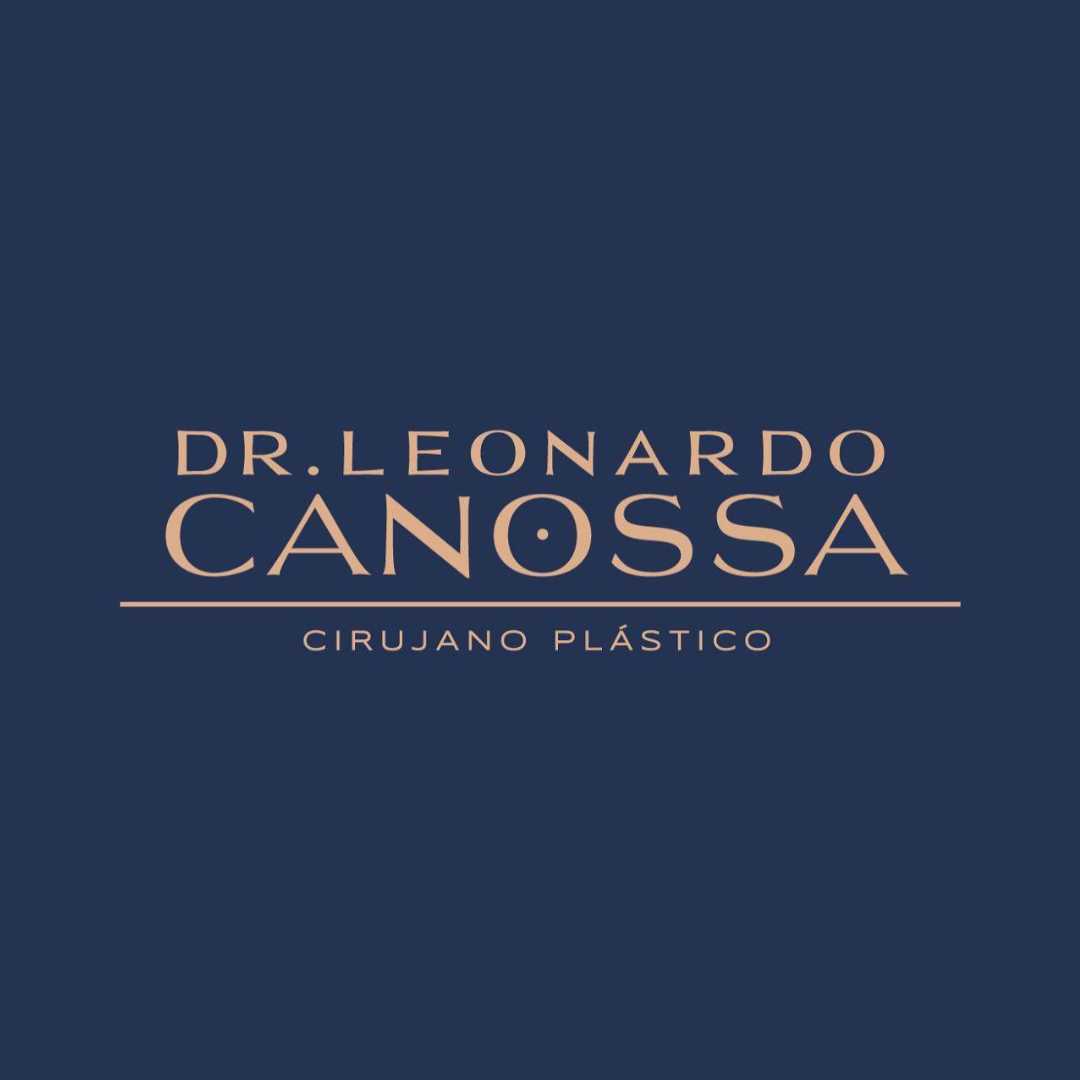
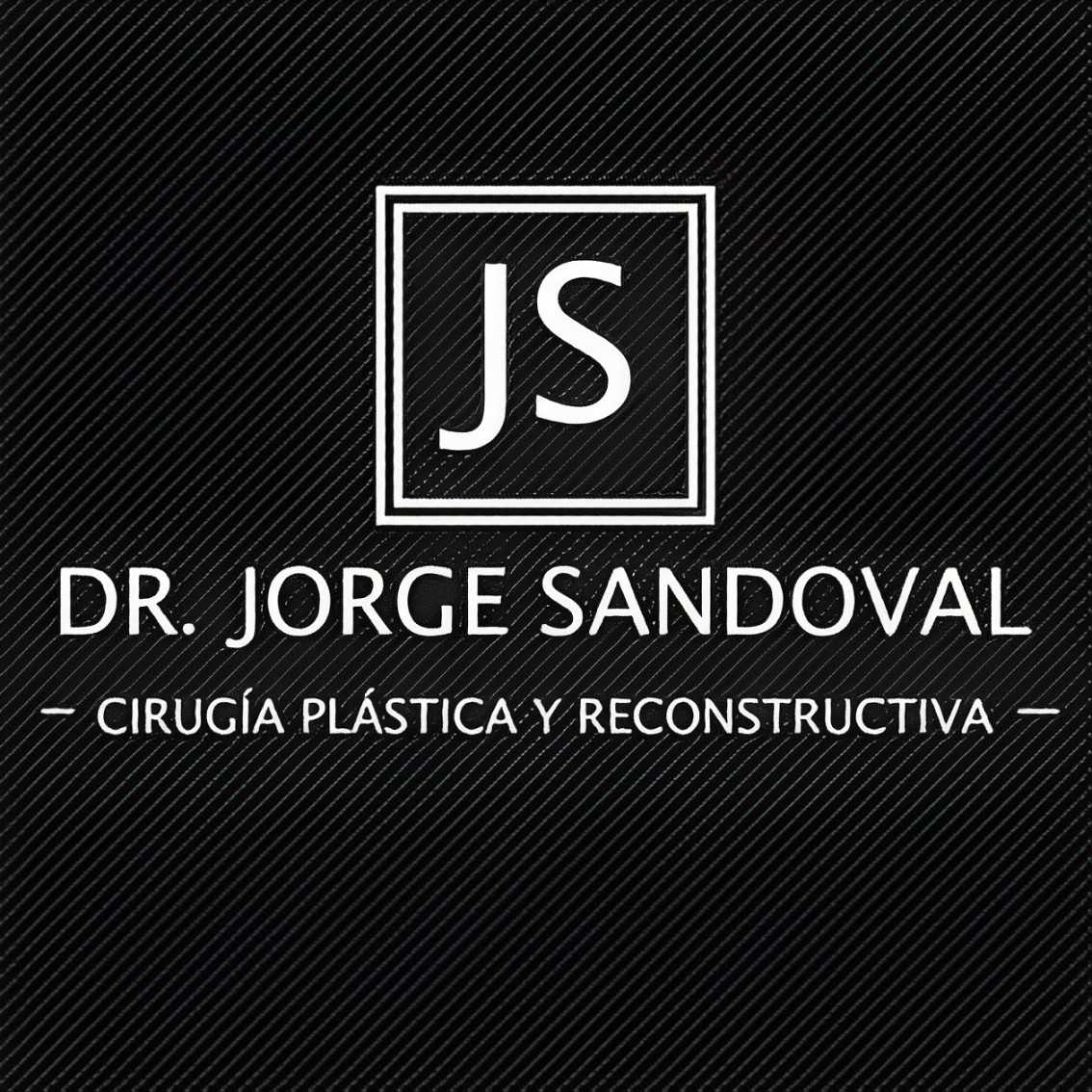
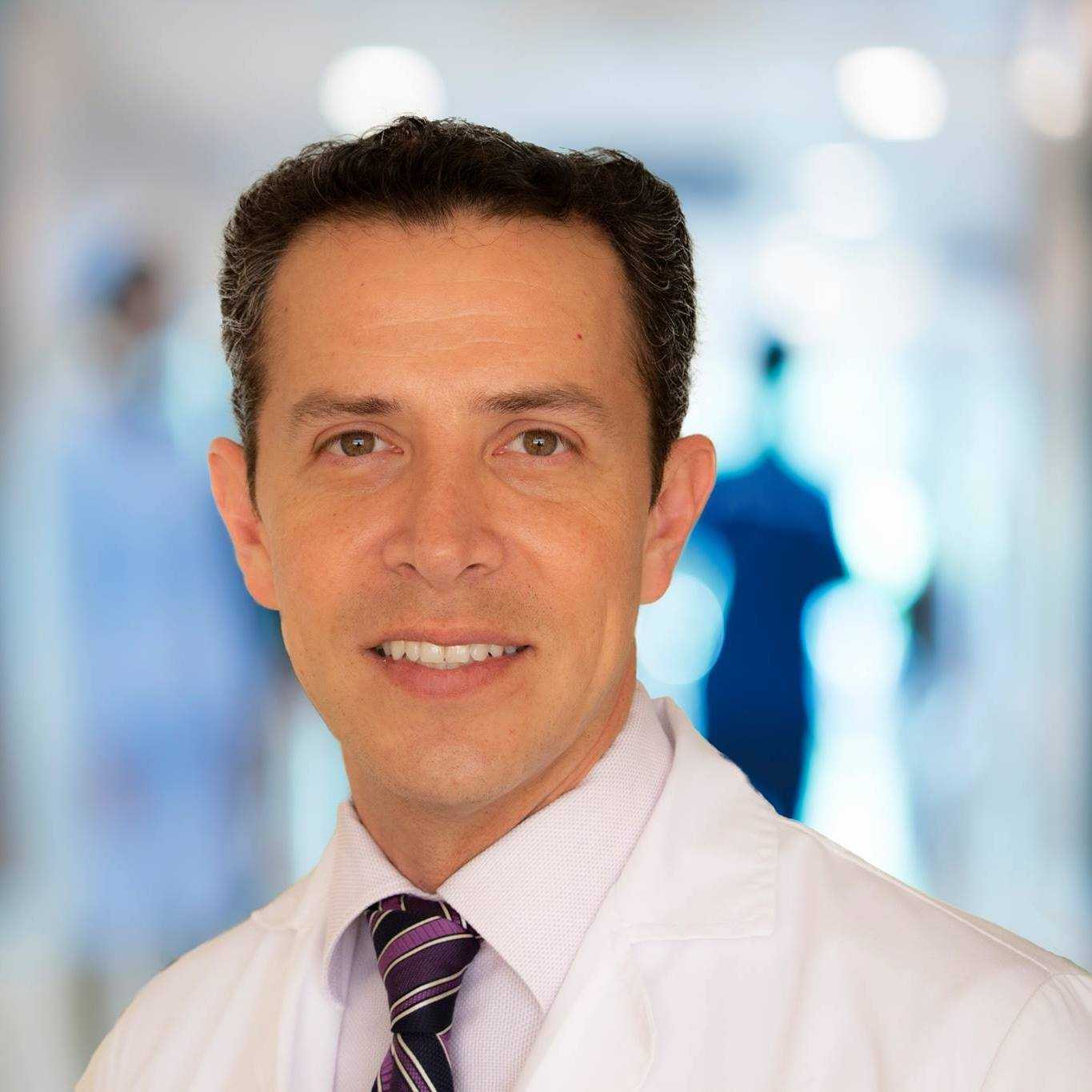


Share this listing